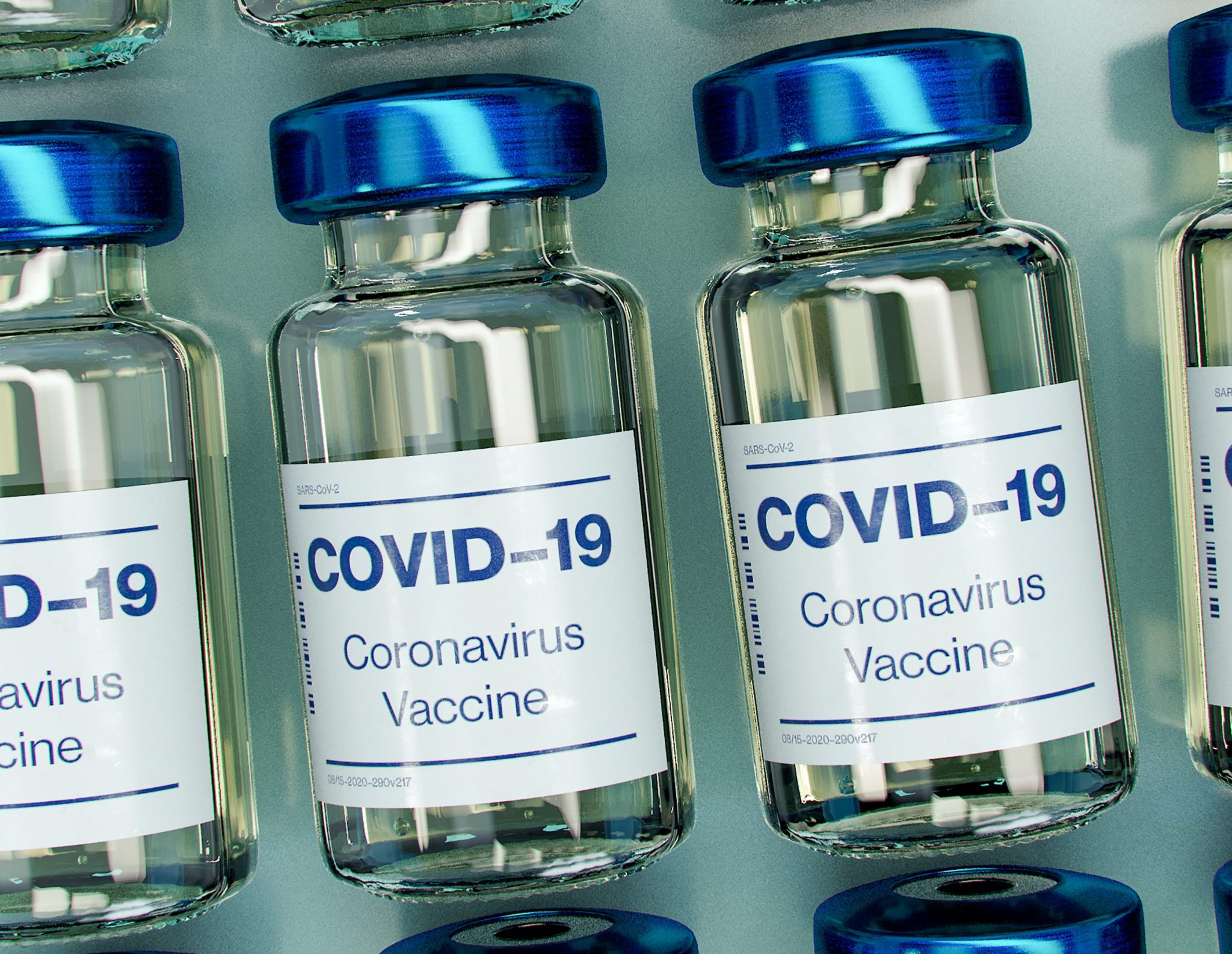Michigan Could Receive About 650,000 Doses in Initial COVID-19 Vaccine Distribution
Once approved by US Food and Drug Administration (FDA), the first round of Pfizer and Moderna vaccines are expected to go to healthcare workers.

With Pfizer and Moderna seeking emergency use authorization, COVID-19 vaccines could be on the horizon. In preparation, government and medical officials are working on delivery plans.
Marion Whicker is a member of Operation Warp Speed assisting with those efforts. She says Michigan has identified five sites with the required ultra-cold freezers needed to conduct distribution.
Between the two vaccines, Whicker says Michigan should receive about 650,000 initial doses.
“Those will be pushed out,” says Whicker, “and then the governor and the state immunization health officers will then work the distribution of it according to their plan.”
Officials say the first round of vaccines will follow a prioritization plan. That contingency is likely to prioritize healthcare workers, of which there are about 600,000 in the state.
Amid concerns about distribution in more rural areas that may not have access to the required freezers, Whicker says Pfizer is developing a special shipping box that uses dry ice to keep the vaccine cold.
“You can refresh the dry ice every five days,” says Whicker. “If you think about that box, in a 20-day cycle you can refresh the dry ice three times. So that’s 15 days and then the last five days the vaccine can be stored in a refrigerator.”
Whicker says she expects the vaccine to be available to everyone who wants it by late spring.
Trusted, accurate, up-to-date
WDET is here to keep you informed on essential information, news and resources related to COVID-19.
This is a stressful, insecure time for many. So it’s more important than ever for you, our listeners and readers, who are able to donate to keep supporting WDET’s mission. Please make a gift today.

